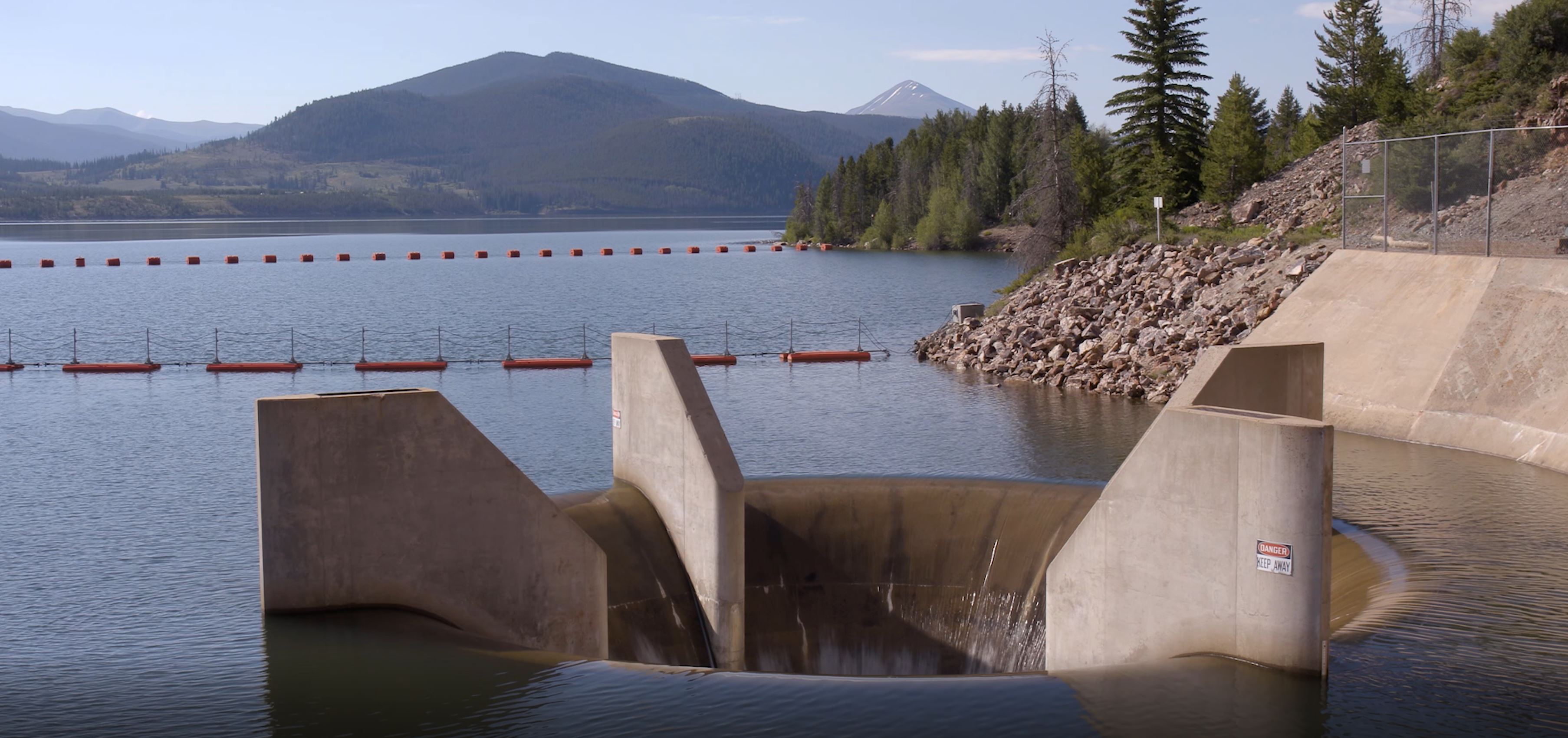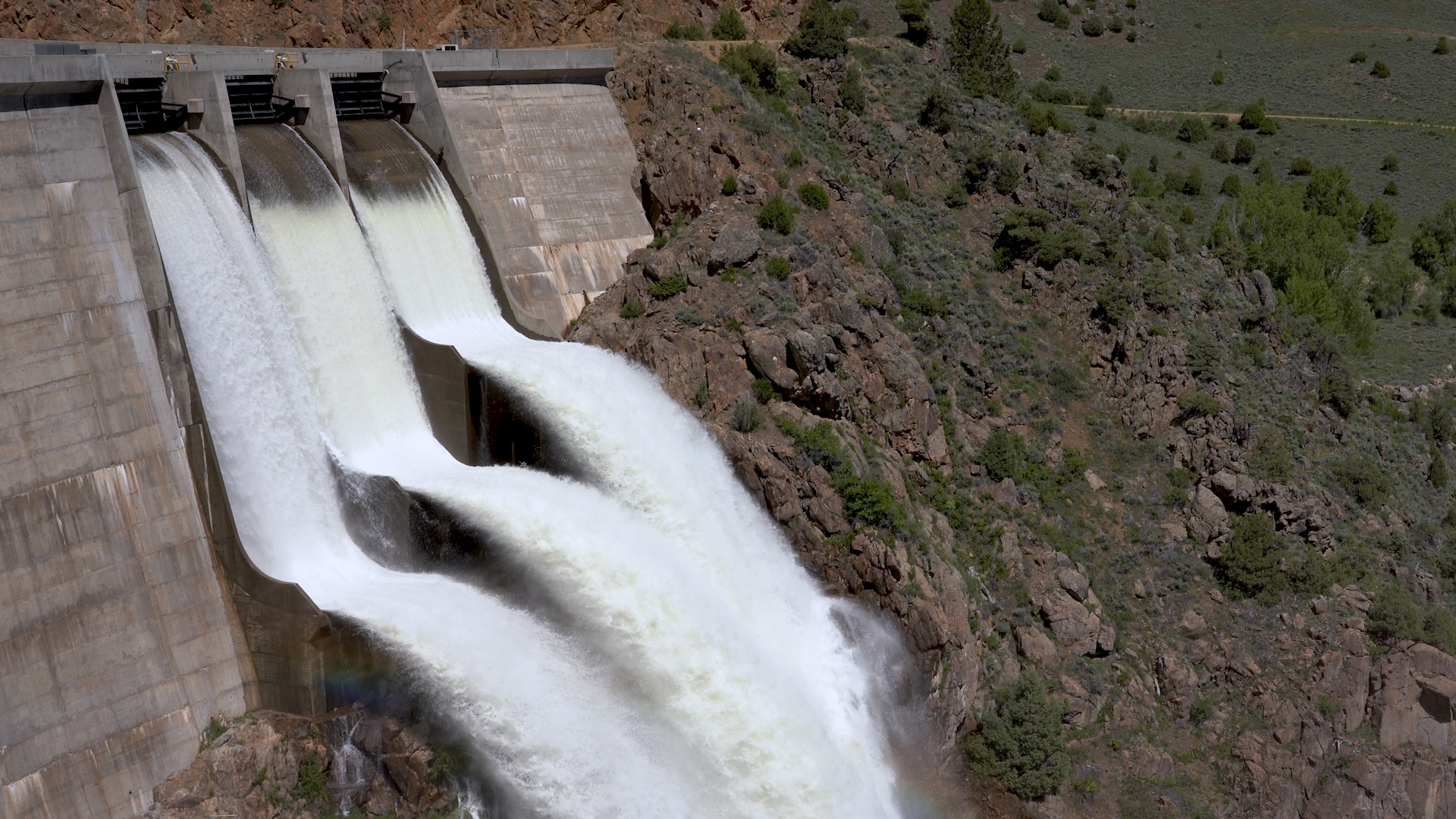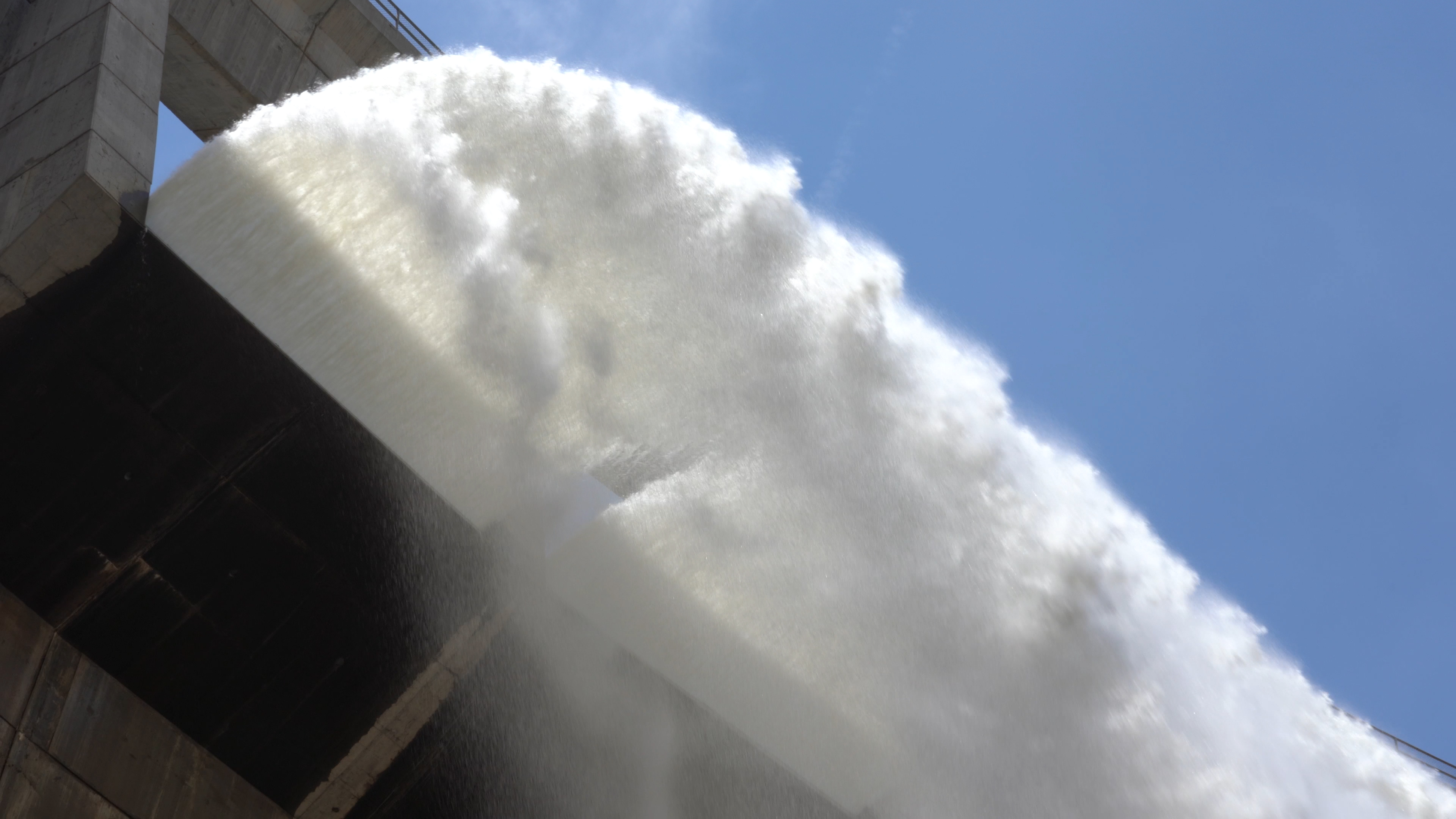
Reservoirs fill to the brim, topping off an outstanding water year
The snowy winter of 2018-19 followed through with a strong, spring runoff that helped Denver Water reach its annual goal of filling its storage system.
“It’s always nice to see our reservoirs full,” said Nathan Elder, water supply manager for Denver Water. “This means we’ll have a reliable water supply this year.”
This year in the areas where Denver Water catches mountain snow, the snowpack in the South Platte River Basin reached 124% of normal while the snowpack in the Upper Colorado River Basin peaked at 138% of normal.
With an abundant snowpack and an ideal runoff season, Denver Water hit its annual goal of filling all the reservoirs in its system July 18.
Big snow years provide benefits beyond a reliable water supply for 1.4 million people in the metro area. When reservoirs fill, Denver Water can also maximize water for various recreational and environmental benefits.
For example, when Williams Fork Reservoir in Grand County filled in June, Denver Water was able to take part in the Coordinated Reservoir Operations program and send additional water downstream to help endangered fish on the Colorado River.
In Summit County, Denver Water can keep water levels high for boating throughout the summer on Dillon Reservoir. The high water also helps extend the summer rafting season on the Blue River.
Dillon Dam operators are also able to run water over the dam’s spillway. This helps send warmer water from the top of the reservoir into the Blue River below to benefit the fishery downstream.
High water also creates spectacular sights for hikers when water flows over the spillways at Cheesman and Strontia Springs dams.
While the winter of 2018-19 saw abundant snowfall across Colorado and the West, Elder cautions that we live in a semi-arid climate and have seen droughts as recent as 2002, 2003 and 2012.
“We want our customers to use water efficiently regardless of whether we’ve had a wet or dry winter,” Elder said. “The more efficient everyone is with their water use, the better prepared we can be for the future.”



